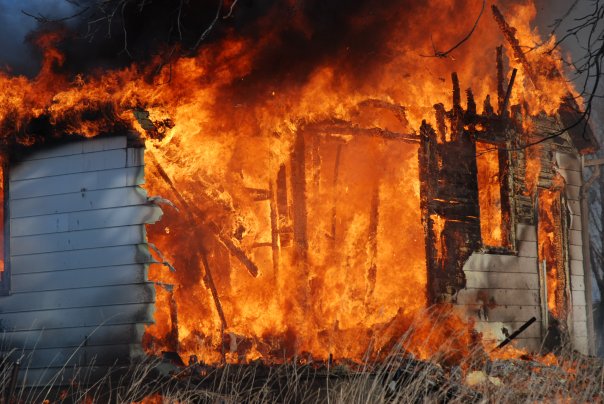JANUARY 11, 2025 – The images of Armageddon coming out of southern California form a veritable horror film. For the time being, the apocalyptic movie diverts us from whatever else in the world would command our attention. Amidst the regular reports of the role of climate change in the disaster and finger-pointing at various levels of government over responsibility for snafus in preparedness and mitigation, another reality emerges: too many people are living where they shouldn’t.
The lure of an appealing climate (before turning adverse) is understandable, but jam enough people and structures into a naturally fire-prone area and rub two sticks together . . . and eventually a mega-disaster will ensue. That’s before taking into account the creep and leap of climate change coupled with Murphy’s Law.
Simply put, it appears that under presents conditions, too many people live where they shouldn’t.
The ultimate arbiter, however, isn’t an armchair non-expert from afar peering at images on the evening network news, but the casualty insurance and related finance industries—specifically, actuaries, insurance executives, stock analysts, fund managers who invest in (and divest from) insurance company stocks and bonds, and rating agencies (insurance and corporate debt). For good measure, the governor, the California Commissioner of Insurance, local authorities—but also, far off Washington, all controlling government purse strings—will have much to say in the intense discussions following in the wake of the unfolding disaster.
In other words, when the smoke clears from the disaster raging across L.A. County, financial considerations will drive post-event decision-making. From insurance payouts to the cost of clean-up operations to restoring infrastructure to addressing the need for added fire-fighting resources to the expense of rebuilding lives and houses, vast sums of private, corporate and government funds will be dispatched in consequence of the unfolding Armageddon.
Moreover, the financial challenge will not be isolated to southern California or even Sacramento. It will reach all of us in the form of higher insurance premiums and added pressure on the federal government (i.e. taxpayers across the country) to lend financial assistance to people and communities most directly affected by the fires.
Though the disaster arises from a confluence of factors, we can’t ignore the reality that climate change has expanding influence in the frequency and intensity of natural disasters.. Whether in battling effects or addressing mitigation, policymakers in government and industry must come to grips with the immediate, intermediate and long-term financial impacts of warming seas, shrinking polar ice, a warming atmosphere, more extended drought, more ruinous deluges, more extreme weather and shifting populations. If you doubt the fact of climate change or are skeptical of the climatologists (the handful of outliers funded by the fossil fuel industry excepted) who attribute climate change to the burning of fossil fuels, again, check with “the money”—starting with the casualty insurers and the sectors of finance that support them. They know which side of their burnt toast is buttered.
Rome burns while Nero says “Drill baby drill” and most of us continue to live nonchalantly (aside from demanding cheaper eggs, milk and rock concert tickets) like frogs in the proverbial pot of water on the stove. Just as my wife tells our nine-year-old granddaughter after swimming class, “You’ve got to work more on your frog kick,” all of us need to work more on our frog kicks—to kick ourselves out of complacency and clear of the simmering pot before it comes to a boil.
Subscribe to this blog and receive notifications of new posts by email.
© 2025 by Eric Nilsson
